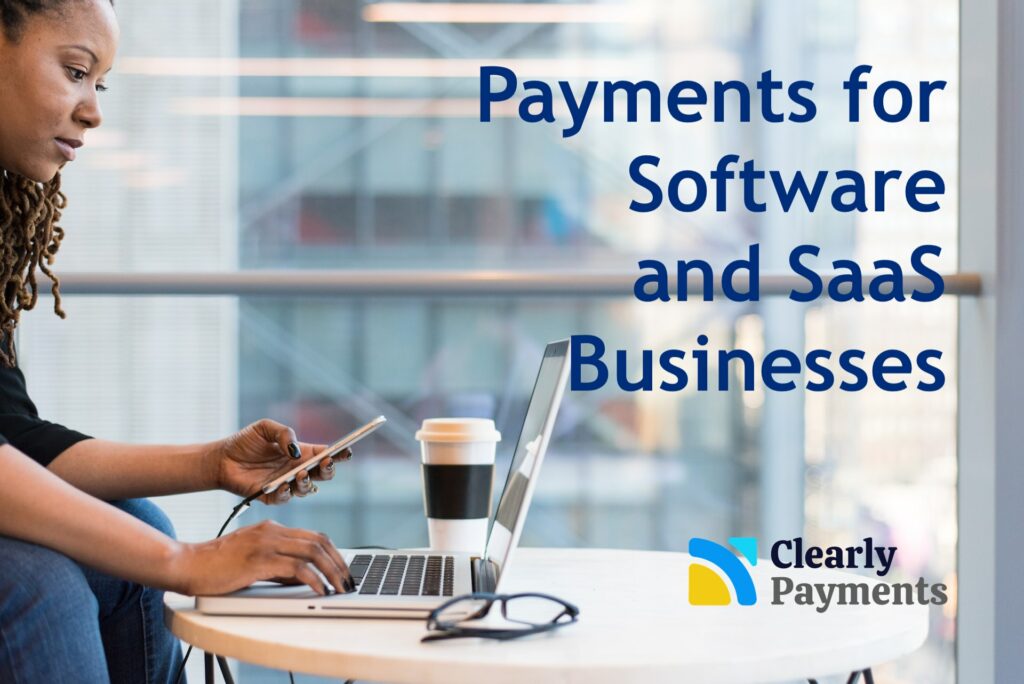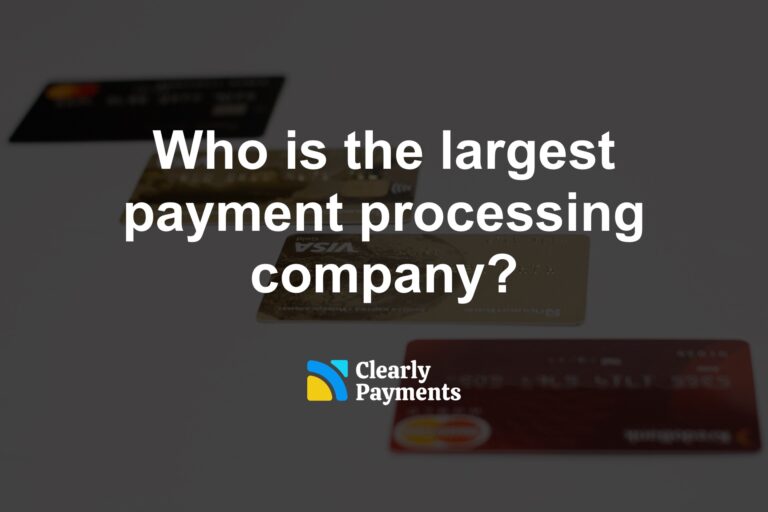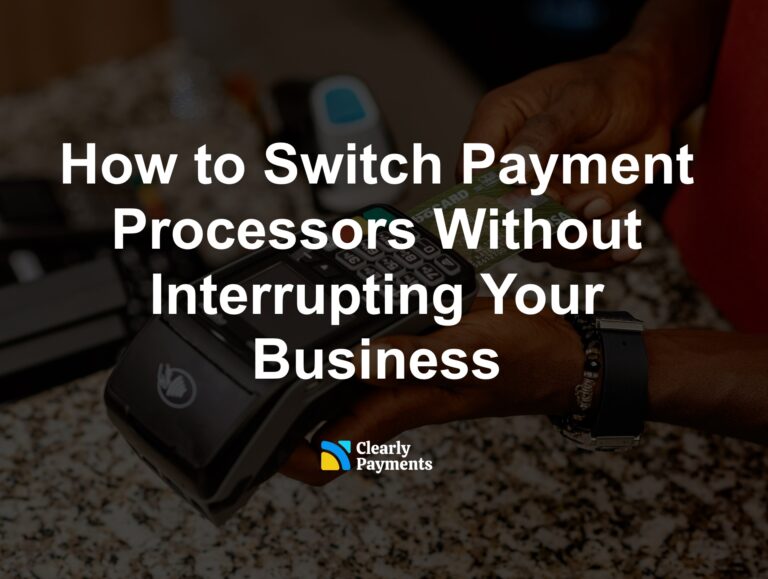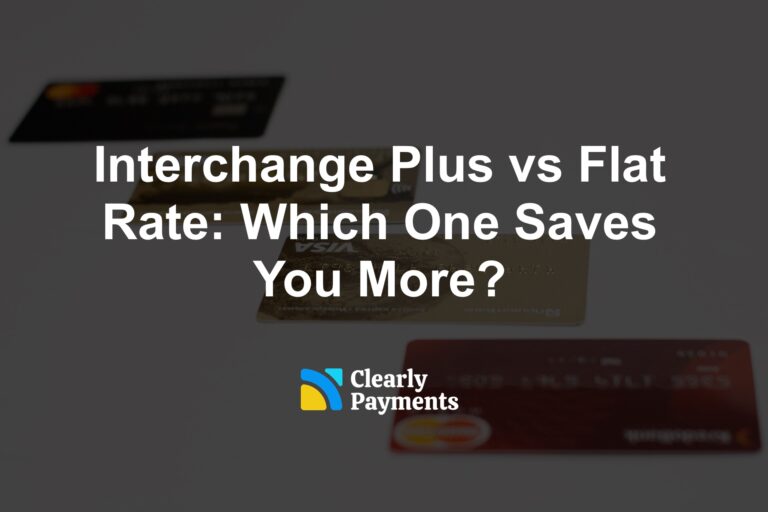Software and SaaS (software-as-a-service) businesses have grown significantly over the past two decades. Consumers and businesses alike have all increased the amount and variety of software services they use. This brought about the growing SaaS industry.
To explain SaaS a little further, they are businesses that offer subscriptions to their software where a consumer or a business spends a monthly fee or a transaction fee to have access to software that is accessible over the internet.
The global market for SaaS is expected to reach a value of $720 billion USD by 2028, growing at 26% per year. That’s a massive market. Events like COVID-19 has made the market grow even faster because people are working and playing online more. The right payment system is critical for a software and SaaS business.
Examples of software and SaaS businesses
To make it even more clear what a SaaS business is, here are some examples of SaaS products for both consumers and businesses. In the end, if you access an online service that you pay for monthly or annually, it’s a almost certainly a SaaS product.
- Consumer SaaS Products: Netflix, Spotify, Xbox Live, Airbnb, Evite, Grammarly, Skype, Duolingo, Crave, Mint, Evernote, DropBox
- Business SaaS products: Quickbooks, Clearly Payments, Square, Zoom, Microsoft Outlook, Google Adwords, Slack, Hubspot, Salesforce
The foundation of these businesses is that they are pay as you go. The more or longer you use them, the more you pay. The beautiful part is that if you ever don’t need the software anymore, you stop paying (as long as there are no locked in contracts).
Software and SaaS businesses have different payment processing needs
A typical business has a payment terminal at their checkout counter and they run credit cards though it. Sometimes the terminals are integrated to a point-of-sale (POS) and inventory management system.
Software and SaaS businesses, however, tend to have no hardware and no point-of-sale. Everything runs directly through their website. This means they require certain functionality in a payment system that differ from traditional businesses. They need strong integration capabilities, flexible subscription billing, fraud detection, and much more. We’ll cover some of these in this article.
SaaS businesses need strong integration capabilities
Software businesses integrate into payment systems with APIs (Application Programming Interfaces). Developers of the business will use the APIs to enable the features they need. Therefore, a very robust and well-documented API is essential. A typical retail business does not need APIs. This is one thing that makes software businesses unique.
A robust API will have documented extensions, webhooks, a sandbox, and sample code that help you easily integrate with your platform, in-house systems, or other 3rd party software you may use.
A payment gateway is the payment platform that your software or SaaS product will integrate with to enable payments. The payment gateway has all the functionality built into it along with a user interface to control your payment environment.
SaaS businesses need subscription billing
Subscription billing, otherwise known as recurring billing, is a payment method that lets business owners charge their customers with standard or customized payment plans. These payment plans could be weekly, monthly, annually, or at some other intervals. A subscription billing system takes care of all the logic and triggers to handle automatic recurring payments.
Recurring billing systems may not always have a fixed amount at each interval. They might be based on usage, therefore the amount charged to the user is dynamic. A strong billing system has the flexibility to incorporate these models.
Customer information also needs to be easily and securely stored in a recurring billing system with the ability to store credit cards and backup credit cards for each user along with all relevant data such as their address.
Lastly, dunning management is s critical piece to recurring billing. If a transaction gets declined for whatever reason, the system needs to automatically attempt to charge the credit card again. Then the system should send email reminders if time goes by without a successful transaction. Eventually, the system will automatically cancel the subscription. All of this needs to be customizable for each SaaS businesses.
Fraud detection is critical for SaaS
Payment fraud detection is the process of identifying attempts to make deceitful or dishonest credit card transactions and preventing them from occurring. There are many different tools used to combat fraud. Your payment system must stay current with all the tools available.
Risk scoring is used to create a model that helps predict fraudulent transactions based on a number of rules. When a payment is done on your software platform, risk scoring will give a probability of the transaction being fraudulent. A higher probability will flag the transaction so you can take steps to further verify it. All of this happens in milliseconds.
Some of the tools used to help increase fraud detection are address verification service (AVS), card verification value (CVV), device identification, payer authentication (3-D Secure), country detection, and other lockout mechanisms. Your payment gateway needs them all.
PCI compliance makes it easy for SaaS businesses
When you’re taking payments, your customers’ financial and personal data is one of the top concerns. PCI compliance is one of the standards in place to help protect consumers.
The right payment gateway will be PCI DSS certified and will take almost all the PCI concerns away from the SaaS business. A SaaS business should not need to store the credit card or customer data directly. A payment gateway that is PCI compliant can do all that work for the SaaS business. This removes the PCI bourdon.
Tokenization, although not exactly related to PCI, is one of the methods used to for the protection of customer payment data. This standard completely removes card data, offering a full layer of protection. All top SaaS payment solutions will use tokenization.
SaaS businesses need global currency conversion
Dynamic-currency conversion (DCC) can increase your revenue by reducing cart abandonment by enabling you to show prices in the home currency of the potential user.
DCC reduces currency confusion, improves customer satisfaction, and drives revenue on your website. It is an easy and affordable way for your business to attract new, international customers without the need for physical locations or bank accounts in each market. You manage the checkout experience and the DCC system will process the currency exchange and fund you in your own currency.
SaaS businesses are generally global businesses, so the ability to show different currencies help you grow your business faster.
Ability to accept any credit card globally
A final but simple one is that you want a SaaS payment system that accepts all the credit cards your customers have.
You want the ability to accept Visa, MasterCard, Diners, Discover, China Union Pay (CUP), American Express (AMEX), and JCB from anywhere in the world. There is no need to use a payment system with credit card limitations. That only decreases your chance to grow your business.




